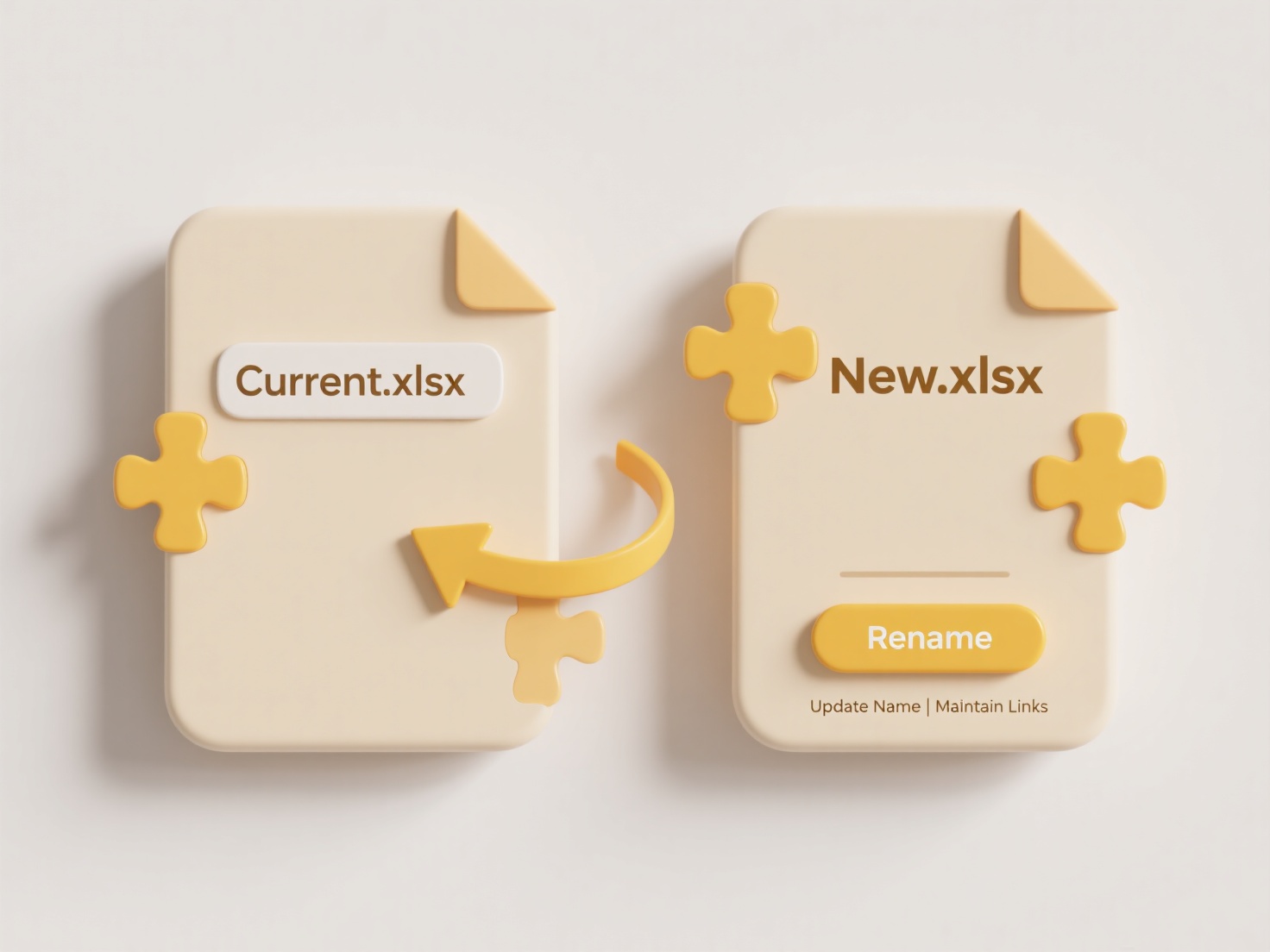
A desktop shortcut for a specific search query acts like a saved bookmark that triggers an immediate web search using predefined terms when clicked. Instead of opening a basic website, it launches your default browser and runs the query against a chosen search engine (like Google, Bing, or an internal company one). This saves the step of manually navigating to a search engine and typing the terms each time, differentiating it from simple website shortcuts.
For instance, a marketing professional could create a shortcut directly searching "competitor brand analysis Q4 2024" to instantly check for new reports. Similarly, an IT support team might create shortcuts for common software error codes within their internal help desk search system, enabling rapid troubleshooting without navigating the help portal each time.

The main advantage is significant time savings and reduced friction for recurring searches. However, the shortcut relies heavily on the URL structure generated by the target search engine, which might change and break the link. The shortcut also only works on the specific device and browser where it was created. While convenient, this approach is less flexible than browser extensions offering persistent, synced search shortcuts across devices. Future developments could involve deeper OS integration for smarter search shortcuts.
Can I create a desktop shortcut for a specific search query?
A desktop shortcut for a specific search query acts like a saved bookmark that triggers an immediate web search using predefined terms when clicked. Instead of opening a basic website, it launches your default browser and runs the query against a chosen search engine (like Google, Bing, or an internal company one). This saves the step of manually navigating to a search engine and typing the terms each time, differentiating it from simple website shortcuts.
For instance, a marketing professional could create a shortcut directly searching "competitor brand analysis Q4 2024" to instantly check for new reports. Similarly, an IT support team might create shortcuts for common software error codes within their internal help desk search system, enabling rapid troubleshooting without navigating the help portal each time.

The main advantage is significant time savings and reduced friction for recurring searches. However, the shortcut relies heavily on the URL structure generated by the target search engine, which might change and break the link. The shortcut also only works on the specific device and browser where it was created. While convenient, this approach is less flexible than browser extensions offering persistent, synced search shortcuts across devices. Future developments could involve deeper OS integration for smarter search shortcuts.
Quick Article Links
Why do some search results open blank or error out?
When search results open blank or show errors, it indicates an interruption between your device and the website. This of...
How do I manually sync local files to the cloud?
Manual file syncing to the cloud involves intentionally copying specific files or folders from your computer to a cloud ...
Can I save a Word file as a PDF?
Saving a Word file to PDF converts your document from the editable DOCX (or DOC) format into the fixed-layout Portable D...